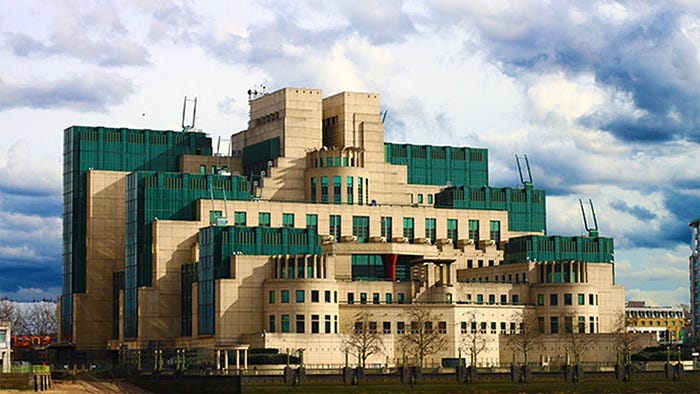
How Britain Built its Top Secret MI6 HQ
Abstract: This article delves into the intriguing history of MI6 headquarters, exploring how the organization evolved from operating in plain sight to establishing a cutting-edge, secure fortress for its operations. The journey of MI6, Britain’s secret intelligence service, reflects the ever-changing nature of espionage and the role architecture plays in shaping its identity. Through a detailed analysis of historical landmarks and transformations, this article showcases the development of MI6 headquarters from humble beginnings to its present state of technological sophistication.
Introduction
Maintaining secrecy while operating a covert intelligence agency poses a unique challenge. This article explores the journey of MI6, tracing its transition from obscure commercial spaces to the state-of-the-art fortress known today as Vauxhall Cross. The story of MI6’s headquarters underscores the importance of architecture in shaping an organization’s identity and operational effectiveness.
Origins of Secrecy
MI6’s founder, Sir Mansfield Cumming, epitomized secrecy. The building that initially served as his office was inconspicuous, bearing the title of “Messrs Rasen, Falcon Limited: shippers and exporters.” This mundane facade allowed the organization to operate in plain sight while fulfilling its covert activities [2]. Cumming’s commitment to secrecy extended to extreme measures such as concealing the location from his superior, the Director of Military Intelligence [3].
Cold War and Challenges
As the Cold War dawned, the limitations of operating from commercial spaces became evident. MI6’s need for secure and discreet operational environments led to a shift in strategy. The service moved to locations like St. James’ and later Century House, which, despite their disguises, failed to provide the required security [3].
The Quest for a Secure Headquarters
By the 1980s, Century House’s compromised security demanded a new headquarters. Regalian Properties PLC proposed a solution: a development on the south bank of the Thames. This marked the beginning of a pivotal transformation in MI6’s history. The government agreed to acquire the property, but the occupants remained a tightly held secret [6].
Building the Fortress
To ensure utmost secrecy, MI6 took an unconventional approach. The building was purchased outright for £135 million to avoid landlord-related issues. Treasury orchestrated full payment before construction commenced, preventing public scrutiny through installment payments. Regalian Properties designed the building to standard office specifications, incorporating specialist features like emergency generators and document lifts. The construction phase was followed by an additional £10 million investment to meet specific requirements, with MI6 overseeing the most confidential tasks [7].
Features of Secrecy and Security
Vauxhall Cross, the new MI6 headquarters, boasts cutting-edge security features. The building’s exterior is bomb and bulletproof, adorned with triple-glazed windows and thick doors to secure the perimeter. Inside, rumors suggest a shooting range, ultra-secure zones immune to eavesdropping, and a Faraday cage blocking radio waves. Employees are required to switch off their mobile phones before entering the premises [8].
Transformation and Acknowledgment
The evolution of MI6’s headquarters reflects the organization’s adaptation to changing times. As the Cold War ended, the new headquarters symbolized a shift toward a more public face for MI6. Prime Minister John Major aimed to dispel the secrecy surrounding the agency, culminating in the official acknowledgment of SIS as the new headquarters’ name. This marked a significant turning point in MI6’s history [9].
Conclusion
MI6’s journey from operating in plain sight to establishing a cutting-edge fortress mirrors the ever-evolving nature of espionage and the importance of architectural design. The transformation of MI6 headquarters, from obscure commercial spaces to the state-of-the-art Vauxhall Cross, underscores the intricate interplay between secrecy, security, and the built environment in shaping the identity and operations of a covert intelligence agency.
